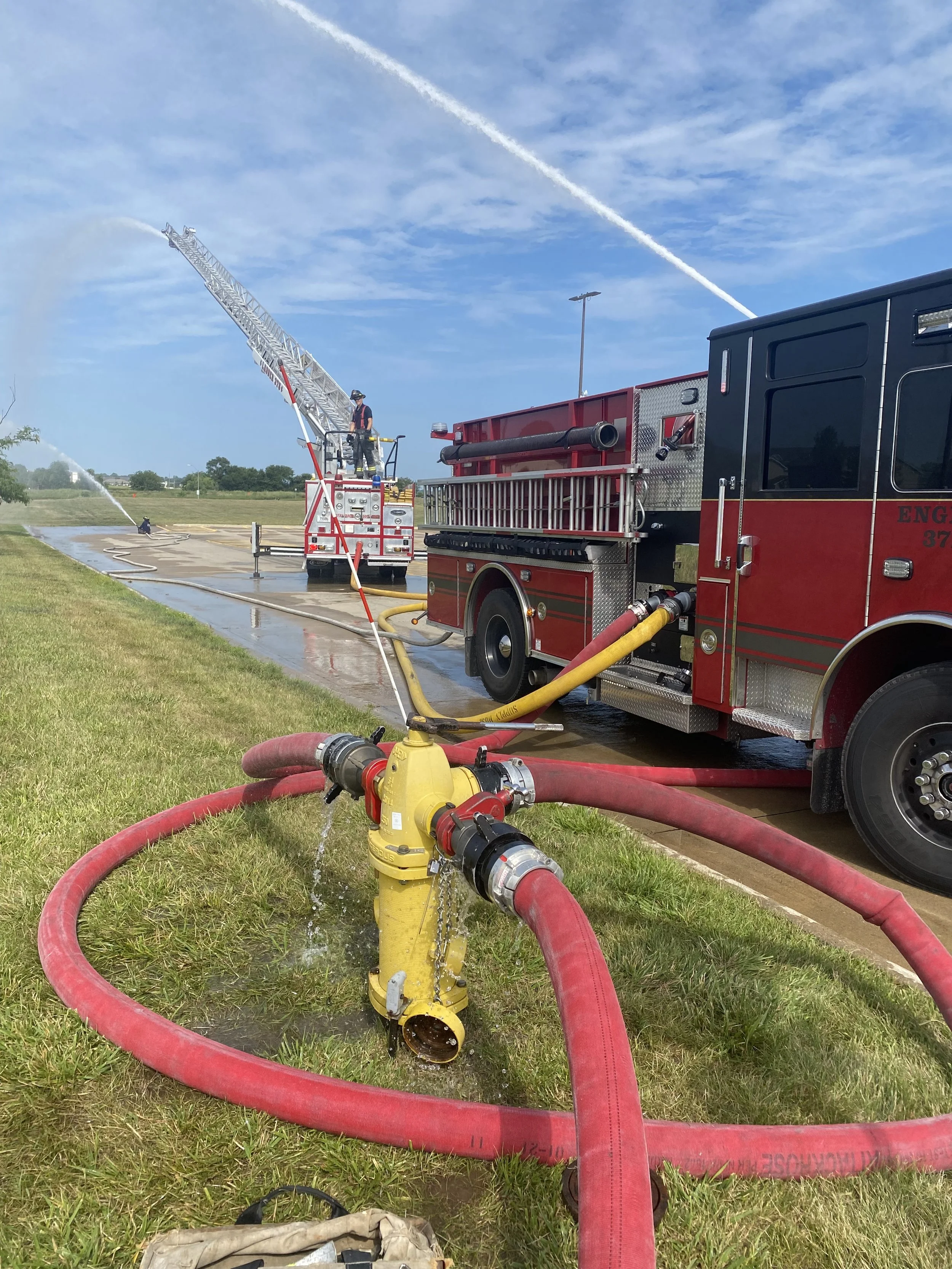Engineers, Not Drivers
Are you a driver or an Engineer?
It seems that the art of pumping has been lost. The foundational knowledge of engineers is lacking in the fire service, at least my experience. We pay less attention to the complexities of the job and focus primarily on the driving aspect. Fallacies, misinformation, and lack of understanding is prevalent in the fire service, especially with hydraulics. I was once told that we pump attack lines at 100 psi because that is what the nozzle pressure says on the nozzle itself. This statement voids the friction loss in the hose, the apparatus, and elevation loss or gain. Because of this, their hand lines were extremely under-pressured which resulted in less volume, half of what was required. In another situation, I found seasoned engineers having a hard time pumping multiple attack lines at different pressures. I have heard of instructors that do not possess the basic knowledge to pump different handlines at different pressures.
Although critically important, the new generation of drivers are under the assumption that pumping is the secondary job to driving. Their view that the general pressure or giving the ole thumbs up or thumbs down sign is good enough. This is not the case. If we leave the engineers job to the nozzle, we will usually get an under-pumped line.
In the study of nozzle reaction, they found that firefighters are most comfortable at 50 pounds of nozzle reaction. If that’s the case, the only nozzle which is somewhat close is the 150 @ 50 psi fog, with a nozzle reaction of 54 pounds. The 7/8 smoothbore flows 160 gpm at 60 pounds. This is fine if we have low pressure system, but most department are still running high or medium pressure hose. These hose types require a pressure of 75 or 100 psi. Nozzle reactions are well above 70 pounds, closer to 80 pounds. You may be thinking, we can just lower the volume, but NFPA recommends 300 gpm for the first two handlines at residential fires. Setting pressure is not the nozzle men’s job, it’s the engineers. If the nozzle is having difficulties with nozzle advancement or handling, this is a technique issue.
So what is the typical outcome? The nozzle man will call for less pressure resulting in less volume, putting additional risk on the fire attack team because we are going in with less protection, which is volume. Volume is protection against a worsening fire environment. When trying to overcome the HRR and energy of the fire with an under supplied line, we are going to find ourselves in a bad situation. Does every fire need 150 gpm…No, but when it does and you decided to throttle down your line because our engineers are taking directions from the nozzle, we are exposing ourselves. If the engineers are guessing or don’t understand importance of delivering a correctly pumped line, this also poses a risk.
Engineers hold a tremendous amount of responsibility. As mentioned, driving is a critical aspect of the job. We first need to safely get to the scene before we can begin to uphold the mission of life safety, but once we safely reach our destination, the engineers job really starts. It placement, water supply, and water delivery. This takes equations, math, and a deep understanding of the apparatus.
We need to get back to the basic of pump operations and hydraulics. Ensuring we are correctly supplying the lines for the attack team safety. If they are having a hard time handling the hose, it’s time to review our hose line technique. If you are an Engineer, follow along with this blog to begin to find mastery with your craft.

